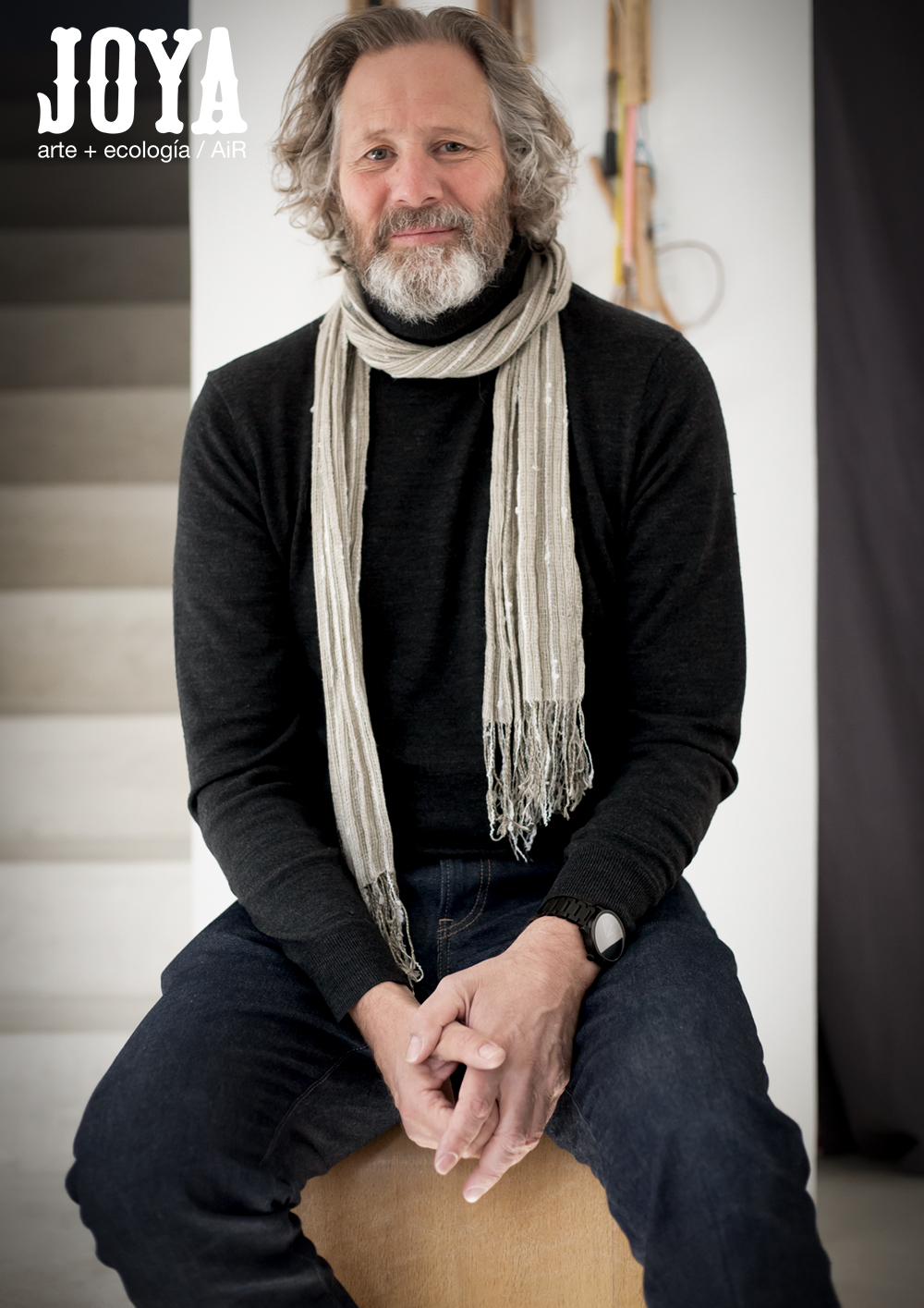Joya: AiR / Peter Ranyard / Australia
photo Simon Beckmann
“I have always been drawn to the constructed object, particularly those abandoned. The fragile nature of made objects is a constant reminder of our impermanence and that sometimes their beauty is a result of neglect and the patina that is acquired through the process of decay. I tried, through my time at Joya: Air, to explore these ideas. The story of Simon and Donna’s efforts in creating Joya: Air is immensely interesting, as is the history of the area. Coming from Australia, I am used to dry, difficult environments: it took me a few days to settle into a rhythm and begin to really look at what was available photographically. Each day bought a better appreciation of the landscape, the history, and the markers of the place. As we realise how finite our world is, there is a desire to protect what is left of our natural and urban worlds, and indeed to take steps to not only protect but to enshrine them in our collected conscience. Population increases, modernisation, changing diets and war all place immense pressure on our ability to manage our urban and natural landscapes.
Susan Sontag wrote of our diminishing touch with our past and that our objects should “have a patina, old furniture, grandparents’ pots and pans–the used things, warm with generations of human touch, ...essential to a human landscape. Instead, we have our paper phantoms, transistorised landscapes. A featherweight portable museum.”
I thoroughly enjoyed my time at Joya: Air, living for a short time, in an ecologically sustainable environment, and spending time with a diverse group of talented, engaging artists.
Peter Ranyard

